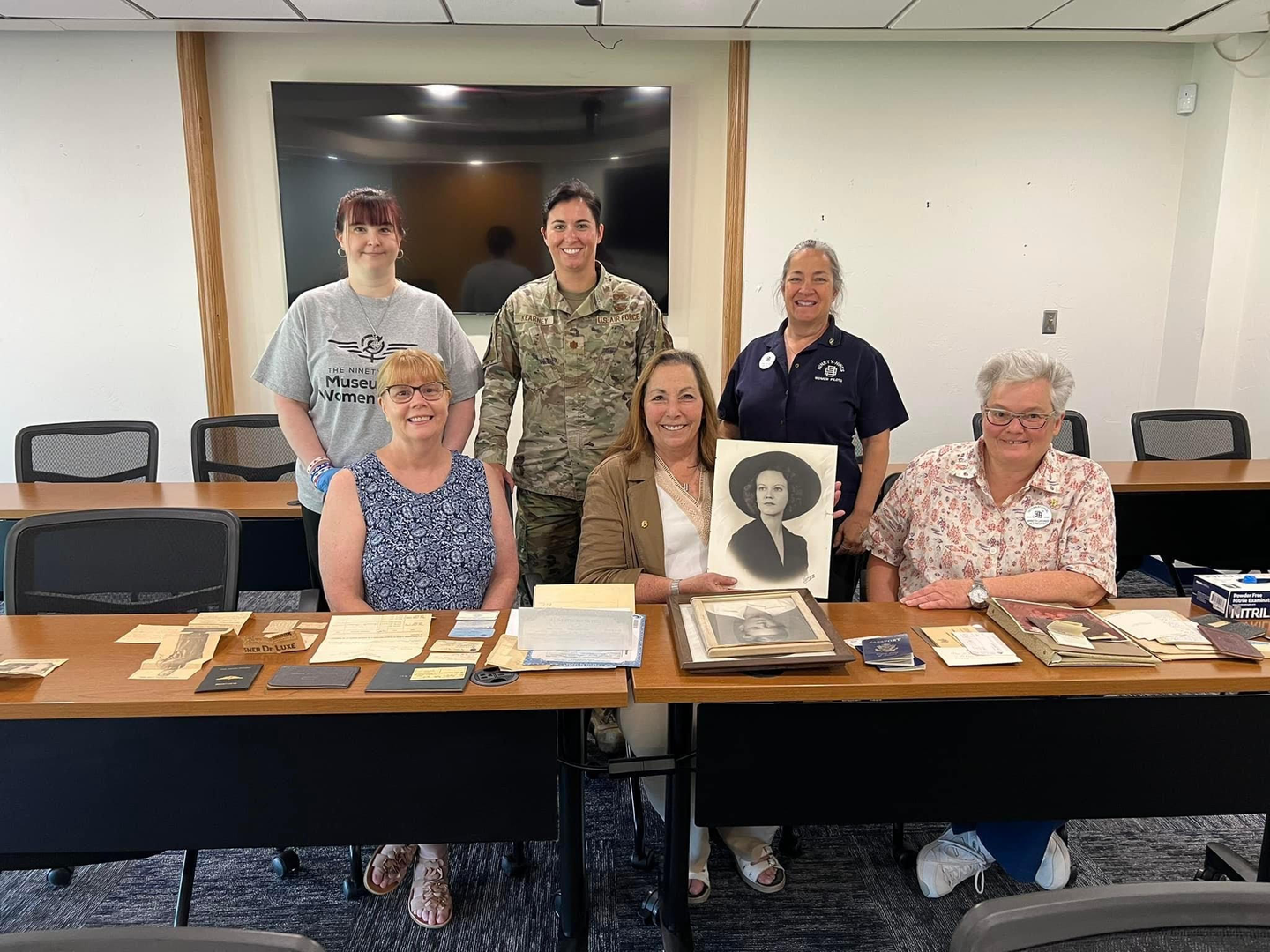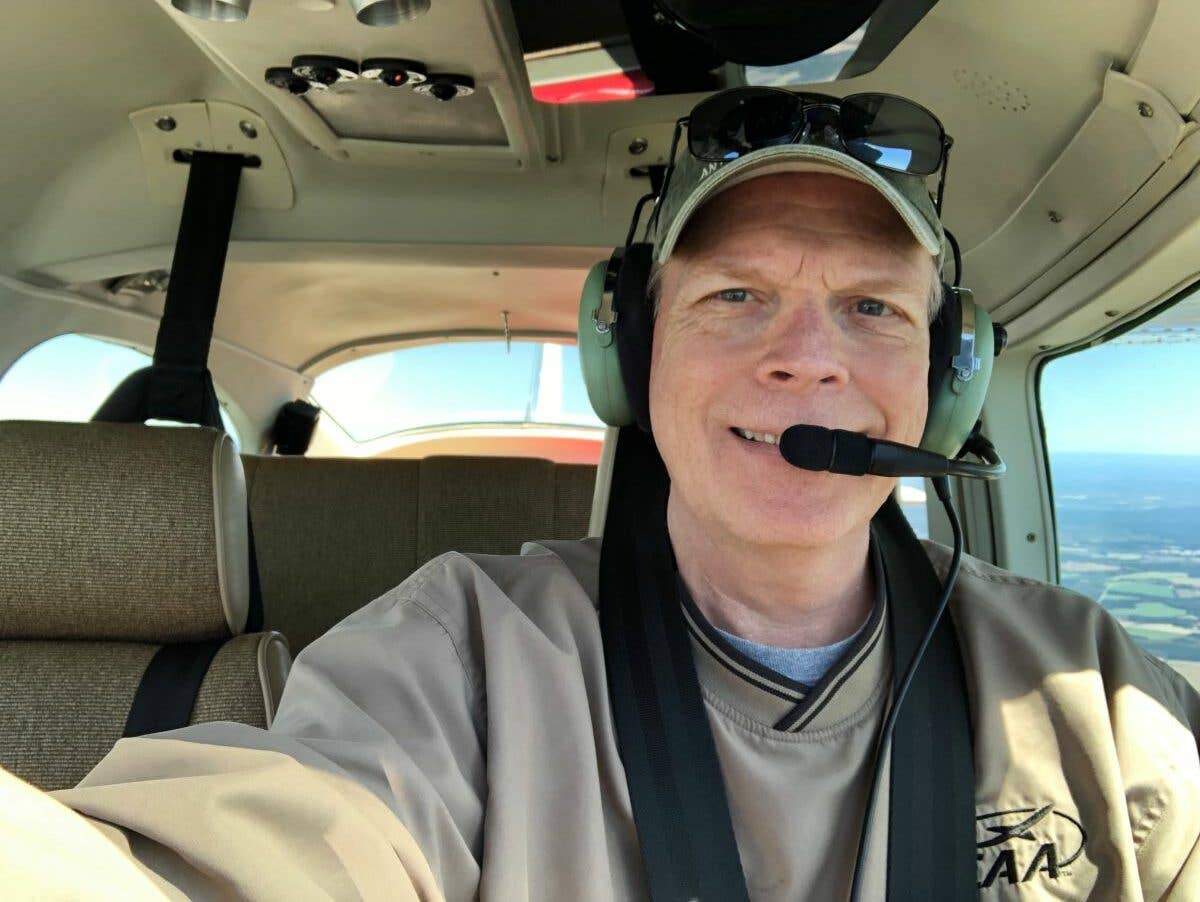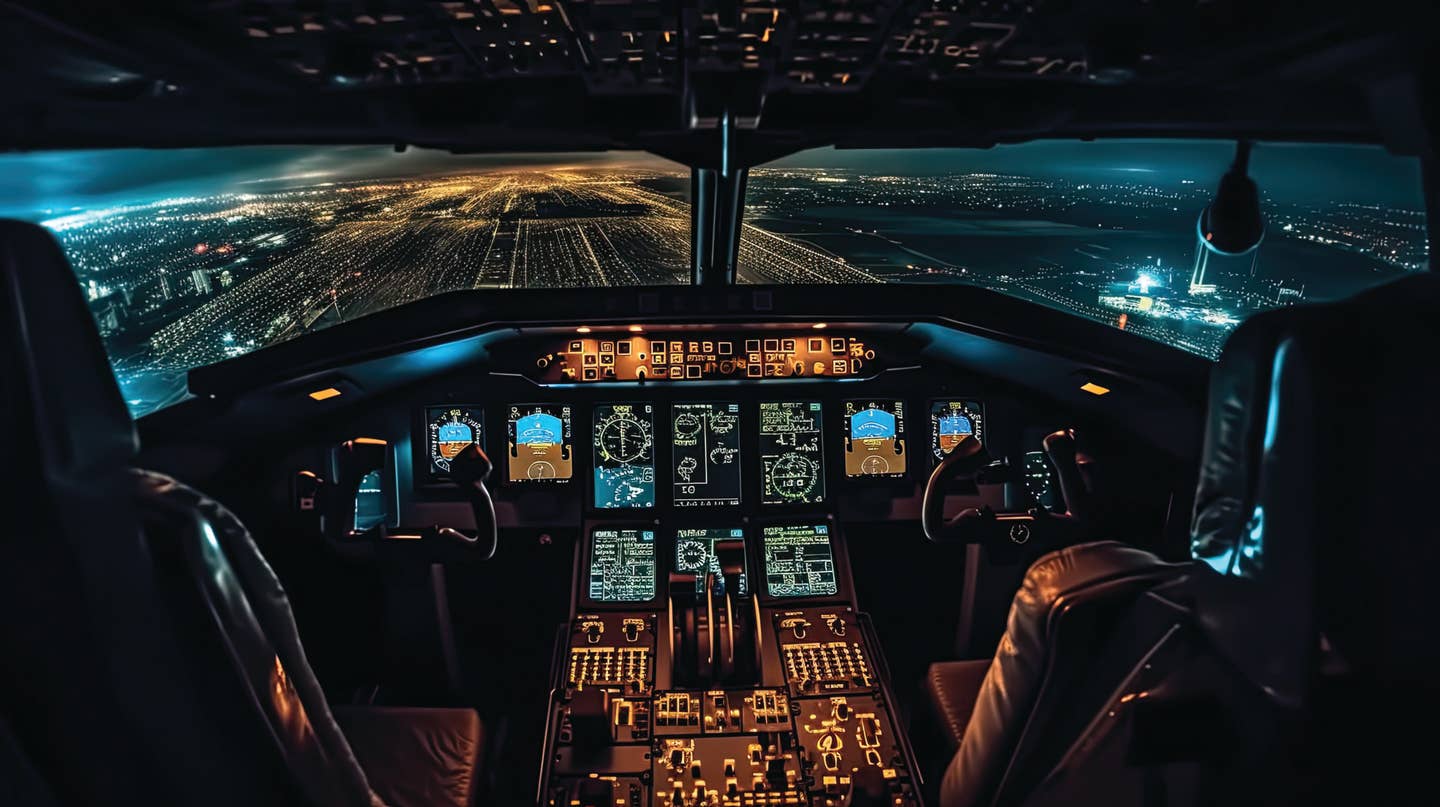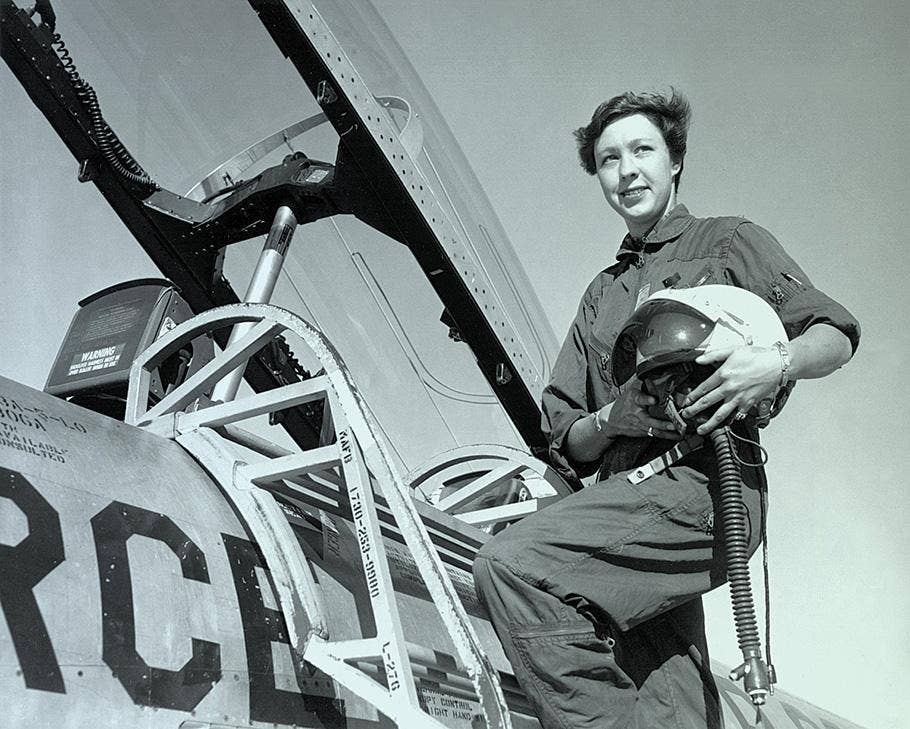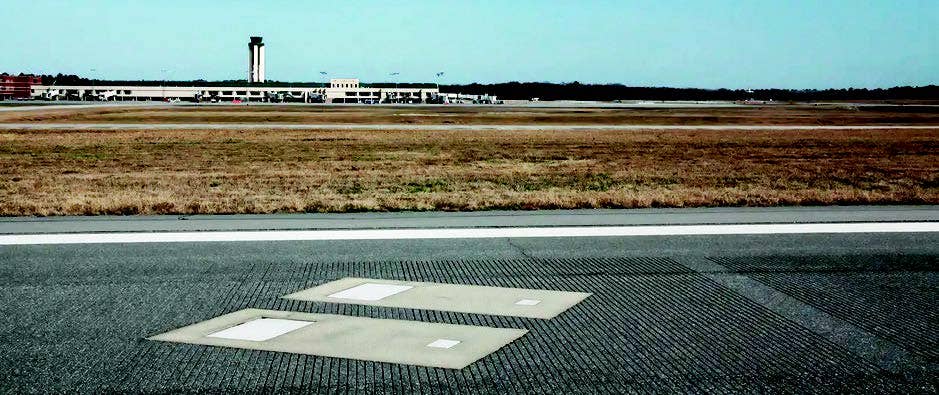High Seas vs. Overseas Setup Has Similarities
Unlikely cockpit comparison found in the waters off Argentina.

The Norwegian Cruise Line bridge was almost like simply entering a larger version of a Boeing 777 cockpit. [Courtesy: Les Abend]
Aware that only priority communications were broadcast directly through the stateroom speakers, my wife and I snapped to attention. A sullen, authoritative voice began an announcement.
We were told that our last port of call in the Falkland Islands would be canceled because of weather as per the captain’s decision. The new course would proceed directly back to our departure/arrival port of Buenos Aires, Argentina, which would give us two additional days at sea for a consecutive total of four.
If you're not already a subscriber, what are you waiting for? Subscribe today to get the issue as soon as it is released in either Print or Digital formats.
Subscribe NowWe were checking the obligatory retirement cruise box along with 2,300 of our closest friends. The trip was enticing because of its primary mission to sail along the coastline of the northern Antarctica Peninsula. In addition, my wife and I were invited to be part of a diverse and colorful group of 17, mostly professionals, from various parts of the Caribbean, U.S., and Canada. The jury is still out on whether we are cruise material, but more on that later.
- READ MORE: One ATC Sector of Separation
The bypass decision was a maritime form of diversion to an alternate airport. Why this sudden change in itinerary? A ForeFlight dive into the current and forecast Falkland Islands weather gave no indication of an arrival problem. Was there more to the story? Was Norwegian Cruise Line dictating the diversion? And who was I to doubt the captain’s authority after my 34 years of airline service?
Although disappointing to us, the news was devastating to about 100 Argentine passengers who had booked their trip for the purpose of honoring their war dead from the 1982 conflict with the British. (Out of respect, I’ll reserve judgment for those who booked a two-week cruise that had maximum focus on an extraordinary part of the globe and not on a small, ancillary destination.)
The Argentines staged a protest in the ship’s atrium, flag waving included. The demonstration succeeded in compelling the captain to provide an explanation. He conceded to an onstage public appearance at the 1,100-seat theater the following morning.
Prior to the uprising, I had written a note to the captain requesting a visit to the bridge with the intention of comparing my former B-777 cockpit to that of a 965-foot ship. Most likely, the visit would be in jeopardy, with my note at a low priority because of the circumstances. Fortunately, I was wrong, and an invitation arrived for the last day of the cruise. But not before my wife and I were able to witness the spectacle at the theater. Perhaps the captain was concerned that the protest would escalate and possibly interfere with other passengers’ enjoyment, but I wouldn’t have subjected myself to the blatant abuse and disrespect displayed. As a matter of fact, using one of his crewmen as a translator from English to Spanish, the captain threatened to leave the stage because of the unruly behavior.
Apparently, the decision to bypass the Falkland Islands was due to the domino effect that the forecast weather for our departure from the harbor may have created. High winds were anticipated, and thus high seas. It was a mooring operation, so the tenders would have a difficult time docking at the port and then at the ship. In addition, two ships that weren’t originally expected to be moored in the harbor could become potential collision hazards if they became free of their anchor holds or swung in the wrong direction.
Aside from the safety risks, high seas would slow the movement of the tenders and significantly delay the departure time, which would jeopardize the reservation for the pilot boat arrival window into Buenos Aires, possibly forcing our ship to remain outside the port overnight. Passengers with airline connections would potentially miss their flights. It sounded all too familiar.
With the drama of the previous two days of Argentine dissent behind us, Carol and I were excited to take a tour of the bridge. Our escort tucked us into a line of people that were part of the behind-the-scenes tour.Granted, I didn’t expect to simply enter a larger version of a B-777 cockpit, but the expansive nature of the bridge caught me a little off guard.
No different than the reaction of visitors to my cockpit over the years, it took a few moments to assimilate the organization, stations, systems, and technology. In actuality, I wasn’t quite sure exactly what was in front of my face. But I am a boater, so most of it made sense.
The main bridge area contained a massive array of consoles with a spectacular panoramic view. Embedded into the consoles were large electronic navigation screens, communication equipment, and various switchology. I initially refrained from asking questions so as not to interrupt the tour group that we had followed. When the 20-something crewmember that was herding the group and providing brief narratives of various ship functions began to appear bored, I initiated a polite series of questions.
The number of engines was first on my mind. The answer was four diesels rated at approximately 20,000 hp. I also inquired as to how many bow thrusters were available, with three being the answer. I stumped my new friend with a question regarding the diameter of the propellers. What pilot wouldn’t want to know?
Apparently, my line of questions sparked enough curiosity that they eventually prompted the crewmember to ask if I had a professional marine background. Hardly. But I did reveal my former airline life to which he hesitantly accepted. When asked as to the timeline for him to mount four bars on his shoulders, he grinned. It would most likely be many years, perhaps 20. At one point, that same timeline was true for my airline.
With the official tour complete, Captain Luigi Gentile finished his last obligatory handshake. He strutted over to Carol and I with a broad smile. “So, you must be the retired airline pilot,” Gentile said. I nodded.
Soon, we were discussing his decision to divert from the Falkland Islands. I offered my admiration for Gentile to address passengers in a public forum. He wasn’t obligated to justify his decision, but he was a passionate man and wanted to dispel any notion that it was politically motivated. The fact that an Argentine first officer was part of his crew made him acutely aware of the cultural ramifications involved.
We compared notes regarding diversions and missed approaches, acknowledging the obvious that an airplane operation probably requires quicker decision time. At 39, having been a captain for almost six years, Gentile reminded me of my progression to the left seat at 33. In ship years, it was truly remarkable. He explained that he and his family had practically been born on the sea.
His first command came unexpectedly when the assigned captain fell unconscious from a cardiac event during the process of departing the pier. Gentile said he completed the cruise with a little sweat on his brow, never missing a beat.
Are the high seas different from overseas? Sure. But there are a lot of similarities. As for future cruises, I’ll let you know after November. The next cruise is with only 600 of our closest friends.
This column first appeared in the May 2024/Issue 948 of FLYING’s print edition.

Subscribe to Our Newsletter
Get the latest FLYING stories delivered directly to your inbox



